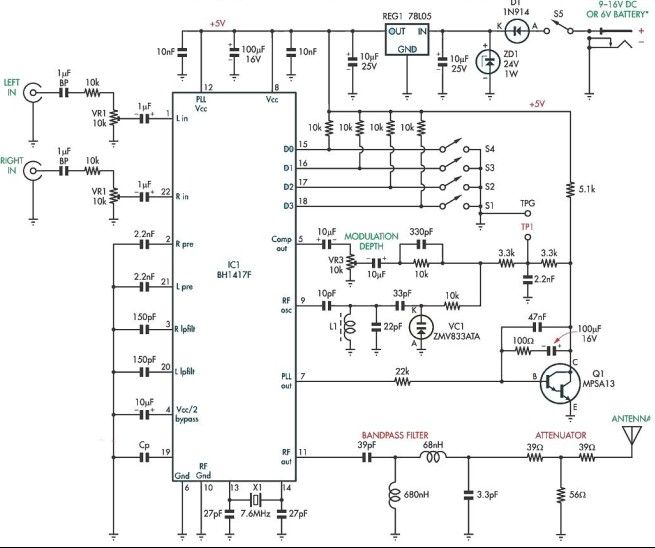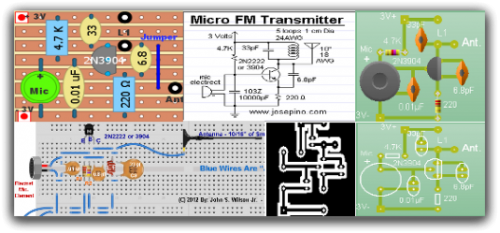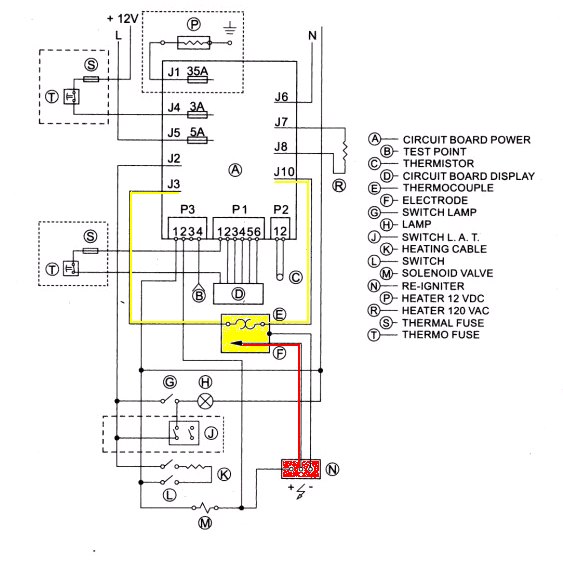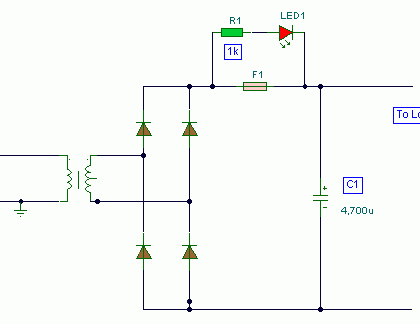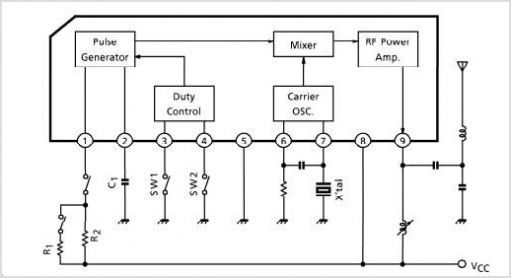
Stormwise VLF Radio Electronic Project
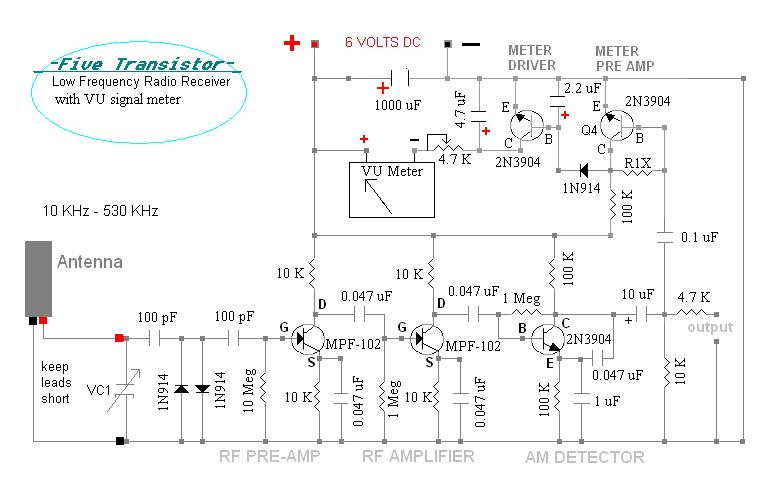
This radio receiver, constructed on a wooden base, utilizes only five transistors to receive longwave beacons and VLF beacons, depending on the connected antenna unit. It incorporates the AMVC-384 capacitor along with one of the "C" antennas. The unit, noted as the loudest receiver available, features low noise FET transistors and an improved AM detector. This 5-transistor low-frequency radio receiver is capable of detecting signals in the range of 10 kHz to 530 kHz, functioning similarly to an AM radio where a transistor demodulates AM signals. The receiver is compatible with high impedance antennas designated with the letter "C" in the model number. The tuning of the antenna, achieved through a variable or fixed-value capacitor (sold separately), selects the receiving channel. This receiver operates as a direct detection amplified "crystal" radio, without generating radio frequency interference (RFI) or employing regeneration. It lacks an automatic gain control (AGC) circuit or noise-blanker, making it particularly suitable for research applications, such as lightning detection, as it can easily pick up the lightning static prevalent in lower frequency bands. The radio is powered by a rechargeable 6-volt lantern battery, drawing approximately 10 mA, which allows for prolonged operation, making it ideal for research scenarios reliant on solar or battery power. It can also function with a 9-volt supply without issues. The schematic details the components and their values, which are standard and readily available at electronics stores. The antenna and tuning capacitor can be obtained from the supplier. The transistors Q1 and Q2 are MPF-102 Field Effect Transistors (FET), known for their high impedance characteristics, comparable to vacuum tubes in input and output performance and circuit design, while being solid-state devices that do not require filament heating or high voltages. Two FETs are used to amplify the received signals for the 2N3904 transistor AM detector, resulting in a loud output into an audio amplifier. An additional FET RF pre-amplifier can be integrated before the AM detector for increased gain, although this may lead to excessive sensitivity, causing overload and distortion. Resistor R1X is approximately 470 K ohms, with its value varying per receiver based on the initial sensitivity of the meter driver transistors. If the value is too low, the meter will indicate a signal even when none is present. R1X should be adjusted so that the meter barely indicates when no signal is received (by shorting the antenna leads). The full-scale reading of the meter must first be set using a 4.7 K-ohm variable resistor in the meter's line. Shorting the first meter driver pre-amplifier's base to ground will cause the meter to read full scale, and a momentary pushbutton switch can be added for a battery test function.
To construct the receiver, print the circuit diagram, scaling it down to fit the electronic components appropriately. The ideal size for the wooden board is approximately 8.5 inches by 5.5 inches. Safety goggles are essential during the soldering process, as molten solder can spatter. If soldering is unfamiliar, wire-wrap methods or a solderless breadboard can be utilized, ensuring the breadboard has a grounded shield base to prevent oscillation. Safety goggles are also necessary when clipping component leads or working with wires. Copper plates may be required for specific construction aspects.This radio receiver built on a piece of wood uses only 5 transistors but will receive longwave beacons and VLF beacons, depending on the antenna unit connected. Uses our AMVC-384 capacitor and one of our "C" antennas. This page is still under construction as of 07-08-2011. Our LOUDEST receiver yet. Features low noise FET transistors and improved A M detector. More photos to be added of completed unit. This 5 transistor low frequency radio receiver allows you to hear longwave beacons, broadcasts, and other signals in the range of 10 KHz to 530 KHz. It works just like an AM radio, a transistor demodulates AM signals. The receiver is designed for use with any of our high impedance antennas starting with the letter "C" in the model number, in the range of 10 KHz to 530 KHz.
The antenna`s tuning adjustment (via a variable or fixed-value capacitor, sold separately) is what selects the receive channel. This is a direct detection amplified "crystal" radio receiver. It does not generate RFI or use regeneration. It has no AGC circuit or noise-blanker, making it excellent for research applications (such as lightning detection).
Receiver will easily hear the lightning static that is always present in the lower frequency bands. Power the radio with a rechargeable 6 volt lantern battery. The radio will run a -very- long time, it only draws @ 10 mA, making it excellent for research uses where it has to run on solar or battery power only. The radio will also work on 9 volts without any problems. The parts and values are shown on the diagram above on this page. Standard values used. General parts available at any electronics store. Antenna and tuning capacitor available here at The transistors Q1 and Q2 are Field Effect Transistors (FET) MPF-102.
These are very high impedance transistors, similar to a vacuum tube in actual input and output performance and circuit design (but of course are solid-state devices not needing any filament heater or high voltages!). Two FET`s are shown, enough to boost the received signals for the 2N3904 transistor AM detector - giving loud volume into an audio amplifier.
An additional FET rf pre-amp could be added in (just ahead of the AM detector) for even more gain, but this could be too much sensitivity - producing overload and distortion. R1X is approximately 470 K ohms. This resistor will be different in each receiver depending on the initial sensitivity of the meter driver transistors.
If the value is too little then the meter will indicate when no signal is present. Adjust meter with R1X so it barely indicates with no signal present (short the antenna leads together so no signal is received). But first you will also need to set the full scale reading with the 4. 7 K-ohm variable resistor in the meter`s line. Shorting the first meter driver pre-amp`s BASE to ground will cause meter to read full scale - you can even add a battery test function by installing a momentary pushbutton switch here.
How to build it: Print out the above circuit diagram. Scale it down on your printer or photoshop program so that it is the right size, large enough for the electronic parts to fit the dots. This size is about 8 inches wide and 5 inches high. The wood board should be cut 8. 5 inches X 5. 5 inches. Obtain some safety goggles, you`ll be soldering and hammering nails and cutting a piece of wood (use a hand saw only).
Solder is molten metal and can spatter into your eyes. Do not solder without full eye protection. If you are not familiar with soldering practices, then it -IS- possible to use wire-wrap methods to build the receiver. You can also build the receiver on a solderless breadboard. Ask at Radio Shack store for this item. You`ll need the one with the grounded shield base, receiver -will- oscillate on these if not connected to the shield base.
You will still need the safety goggles when clipping part`s leads or working with the wires. Obtain some copper plate 🔗 External reference
To construct the receiver, print the circuit diagram, scaling it down to fit the electronic components appropriately. The ideal size for the wooden board is approximately 8.5 inches by 5.5 inches. Safety goggles are essential during the soldering process, as molten solder can spatter. If soldering is unfamiliar, wire-wrap methods or a solderless breadboard can be utilized, ensuring the breadboard has a grounded shield base to prevent oscillation. Safety goggles are also necessary when clipping component leads or working with wires. Copper plates may be required for specific construction aspects.This radio receiver built on a piece of wood uses only 5 transistors but will receive longwave beacons and VLF beacons, depending on the antenna unit connected. Uses our AMVC-384 capacitor and one of our "C" antennas. This page is still under construction as of 07-08-2011. Our LOUDEST receiver yet. Features low noise FET transistors and improved A M detector. More photos to be added of completed unit. This 5 transistor low frequency radio receiver allows you to hear longwave beacons, broadcasts, and other signals in the range of 10 KHz to 530 KHz. It works just like an AM radio, a transistor demodulates AM signals. The receiver is designed for use with any of our high impedance antennas starting with the letter "C" in the model number, in the range of 10 KHz to 530 KHz.
The antenna`s tuning adjustment (via a variable or fixed-value capacitor, sold separately) is what selects the receive channel. This is a direct detection amplified "crystal" radio receiver. It does not generate RFI or use regeneration. It has no AGC circuit or noise-blanker, making it excellent for research applications (such as lightning detection).
Receiver will easily hear the lightning static that is always present in the lower frequency bands. Power the radio with a rechargeable 6 volt lantern battery. The radio will run a -very- long time, it only draws @ 10 mA, making it excellent for research uses where it has to run on solar or battery power only. The radio will also work on 9 volts without any problems. The parts and values are shown on the diagram above on this page. Standard values used. General parts available at any electronics store. Antenna and tuning capacitor available here at The transistors Q1 and Q2 are Field Effect Transistors (FET) MPF-102.
These are very high impedance transistors, similar to a vacuum tube in actual input and output performance and circuit design (but of course are solid-state devices not needing any filament heater or high voltages!). Two FET`s are shown, enough to boost the received signals for the 2N3904 transistor AM detector - giving loud volume into an audio amplifier.
An additional FET rf pre-amp could be added in (just ahead of the AM detector) for even more gain, but this could be too much sensitivity - producing overload and distortion. R1X is approximately 470 K ohms. This resistor will be different in each receiver depending on the initial sensitivity of the meter driver transistors.
If the value is too little then the meter will indicate when no signal is present. Adjust meter with R1X so it barely indicates with no signal present (short the antenna leads together so no signal is received). But first you will also need to set the full scale reading with the 4. 7 K-ohm variable resistor in the meter`s line. Shorting the first meter driver pre-amp`s BASE to ground will cause meter to read full scale - you can even add a battery test function by installing a momentary pushbutton switch here.
How to build it: Print out the above circuit diagram. Scale it down on your printer or photoshop program so that it is the right size, large enough for the electronic parts to fit the dots. This size is about 8 inches wide and 5 inches high. The wood board should be cut 8. 5 inches X 5. 5 inches. Obtain some safety goggles, you`ll be soldering and hammering nails and cutting a piece of wood (use a hand saw only).
Solder is molten metal and can spatter into your eyes. Do not solder without full eye protection. If you are not familiar with soldering practices, then it -IS- possible to use wire-wrap methods to build the receiver. You can also build the receiver on a solderless breadboard. Ask at Radio Shack store for this item. You`ll need the one with the grounded shield base, receiver -will- oscillate on these if not connected to the shield base.
You will still need the safety goggles when clipping part`s leads or working with the wires. Obtain some copper plate 🔗 External reference
